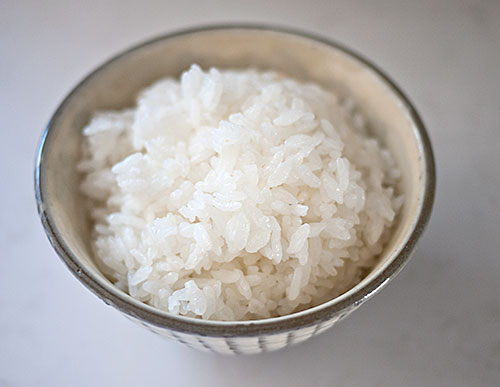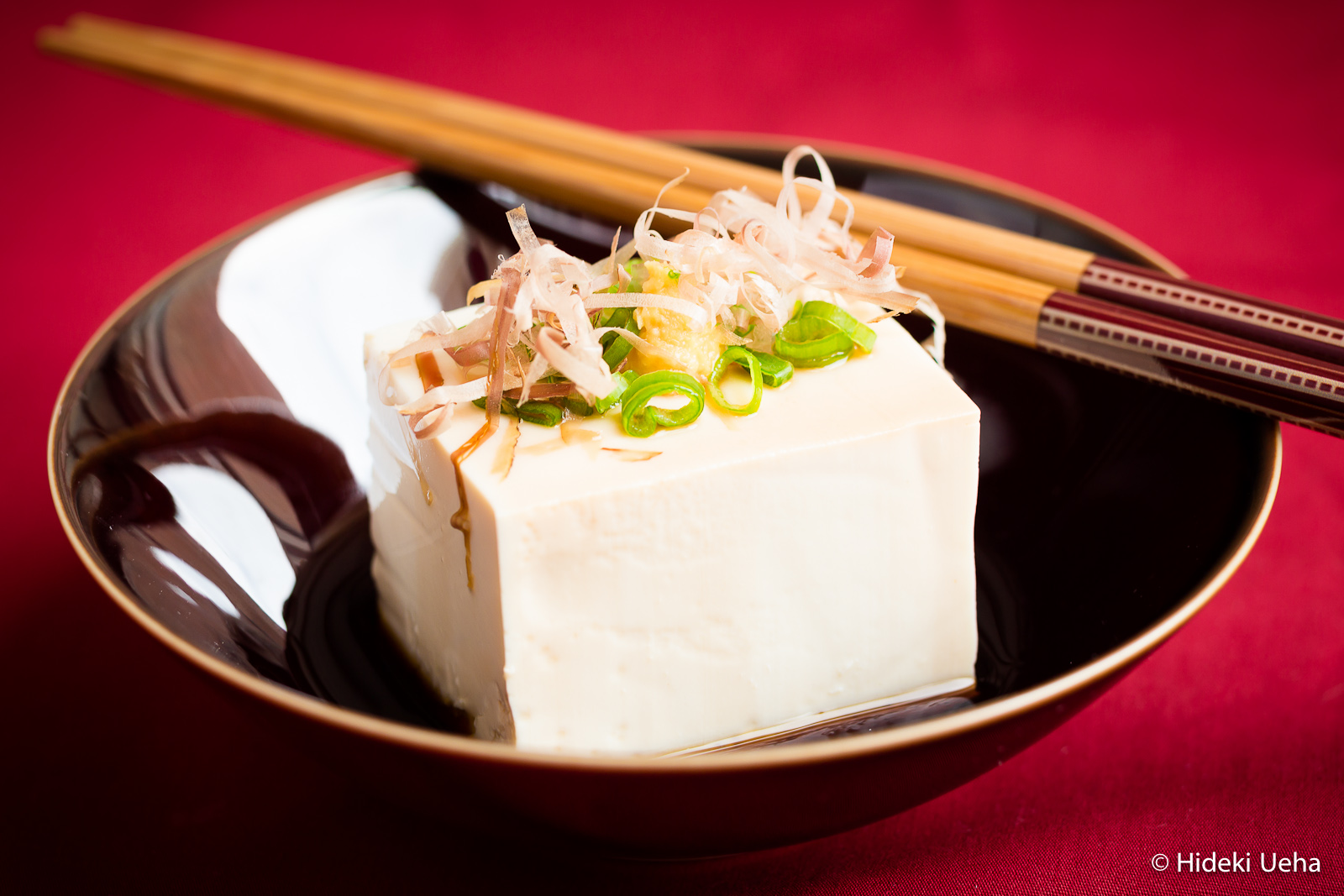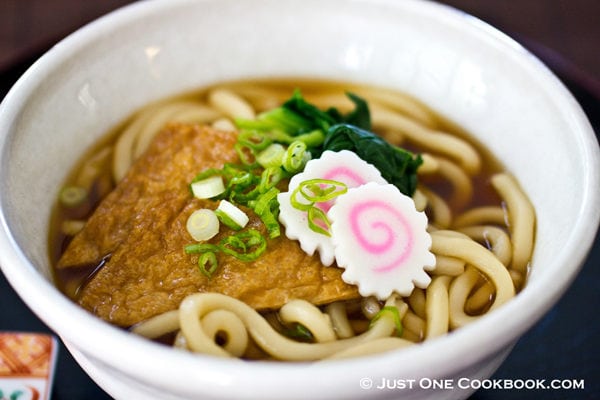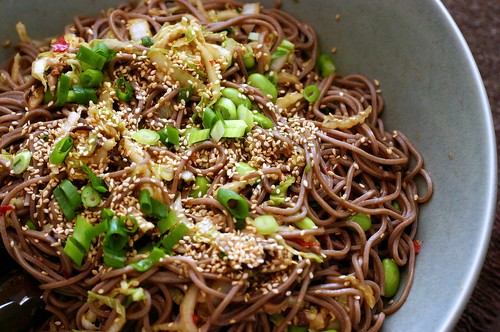









Japan is divided into distinct geographic regions, each of which has developed its own unique culinary traditions. This way travelers can encounter a diverse set of regional foods as they move from area to area throughout Japan.
Tokyo- Tokyo dining has its traditional food which is more on the modern side as well as international food. Unlike the other regions, Tokyo also has food from the other regions of Japan.
Kyoto- As Japan's former capital and seat of the imperial court for over a thousand years, Kyoto offers a rich culinary tradition. The local food culture is diverse and ranges from aristocratic kaiseki ryori course dinners to the vegetarian shojin ryori of monks and the simple obanzai ryori home style cooking.
Osaka--It has been said that the people of Osaka spend more on food than on anything else, and the term "kuidaore" ("eat until you drop") is used to describe the food culture here. At the same time, the locals have high expectations towards the quality of their cuisine.
Hokkaido-Hokkaido is renowned for the high quality and freshness of its seafood, as the cold waters surrounding Japan's northernmost prefecture are ideal for fish and sea vegetation.
Nagoya- Located along the fertile Nobi Plain, Nagoya has always been an agricultural and economic center, allowing it to develop a strong culinary tradition distinct from its neighbors. Local Nagoya specialties follow their own unique style and have the familiar feeling of hearty comfort foods
Hiroshima-Hiroshima has a few speciality foods bust mostly consist of the regular Japanese Cuisine. One special desert is the Momijimanju which are cakes baked in the shape of maple leaves with a filling of sweet red bean paste.
Fukuoka-one of the closest cities to the Asian mainland, Fukuoka has developed a unique and interesting food culture that has been influenced by Korean and Chinese cuisine. Some Fukuoka dishes, such as Hakata Ramen and motsunabe, have swept Japan by storm and become widely popular across the country.
Kagoshima-Kagoshima's cuisine is also known as Satsuma Cuisine. Travelers may notice some influences of Okinawa cuisine, as Okinawa was controlled by Satsuma for a few hundred years in the past.
Okinawa- Their cuisine differs significantly from Japanese cuisine due to the islands' unique history, during which its food culture was influenced especially by China, South East Asia, Japan and the United States, and due to the different climate with its effects on agriculture and the appetite.
